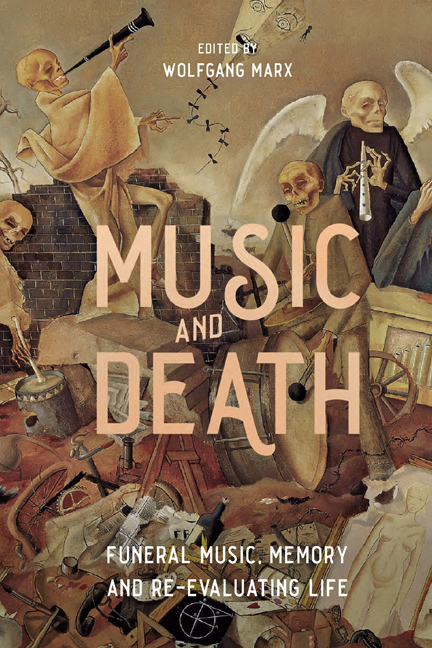4 - ‘Aber auf einmal…’: Death, Distance, and Intimacy in Song
Published online by Cambridge University Press: 12 January 2024
Summary
Farewell, thou child of my right hand, and joy; My sinne was too much hope of thee, lov’d boy …
So begins Ben Johnson's ‘On My First Sonne’ (1616). This is not the earliest elegy for a dead child written in the English language, but it is certainly one of the most poignant. It is a poem about loss, written with the language of intimacy. And although there are many features that account for this effect, the most significant, perhaps, is also the simplest: the poem is a direct address to the beloved as if he were alive.
This technique appears regularly in the elegiac poetry of classical writers such as Horace and Catullus, and its expressive power reverberates throughout the history of song. We might recall the end of Schubert's Die schöne Müllerin, when the brook sings a lullaby to the dead boy. Or we might think of popular songs, such as Elton John's ‘Candle in the Wind’, where the deceased Marilyn Monroe is the target of a passionate farewell. What I am most interested in, however, is not the nature of this address as such, but the way a given lyric might shift into and away from such discourse. What happens when someone suddenly turns to address the dead? What happens if they turn away?
In a recent article on Schubert's Winterreise, Rufus Hallmark draws attention to exactly this kind of rhetorical motion. He tells us of an occasion, while re-reading Muller's poetry, when he was ‘struck, unaccountably for the first time, by the frequent habit of the poetic persona, the wanderer, to break out of the lyric mode by speaking to particular “listeners” whom he names’. Hallmark refers to the many moments in the cycle when the protagonist addresses things such as his tears, the snow, or a river. And Hallmark is not alone in having initially missed the implications of this aspect of the poetry. Many song analysts – myself included – have either flatly ignored or significantly diminished the role of such shifts in Schubert and elsewhere.
- Type
- Chapter
- Information
- Music and DeathFuneral Music, Memory and Re-Evaluating Life, pp. 71 - 92Publisher: Boydell & BrewerPrint publication year: 2023



